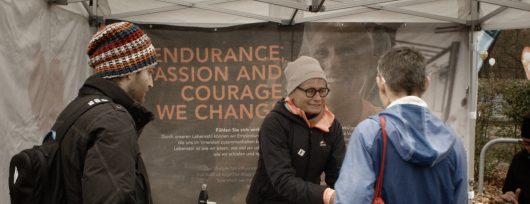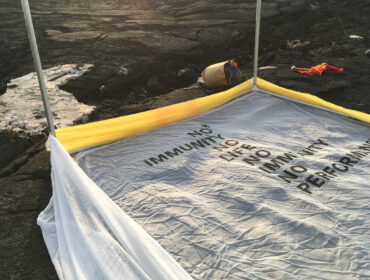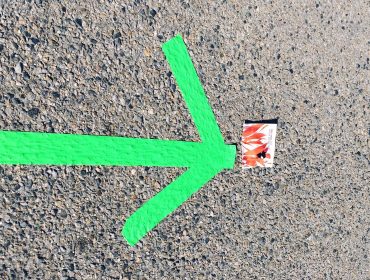Eliud Kipchoge’s Sub 2 Challenge Marathon Run
The history of records in marathon running was a slow development from the early 20th century until today. In 1908 the time has been 2:55:18. It took until 1952 to reach the time of 2:20:42, a 2:15:17 was run in 1958 by the Russian runner Sergej Popov in Stockholm. In 1967 the under 2:10 was reached first time. IN 1999 the time run by Khalid Khannouchi was 2:05:42 in Chicago. On average every other year the record came closer to today’s times by around ten seconds.
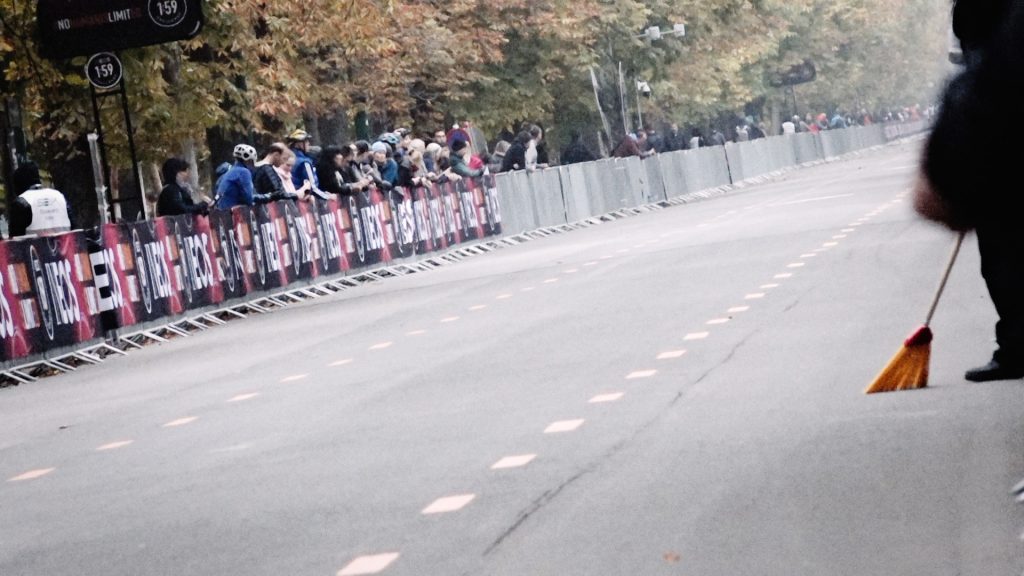
It took almost 20 years to get from the 2:05 to the 2:01 mark: Eliud Kipchoge ran a 2:01:39 in Berlin 2018, Kenenisa Bekele a 2:01:41in Berlin 2019.
If one looks at the table of records, the crucial question was always the same: Did the human being’s physiology make a leap forward or was it technology and training experience which brought along faster marathon times.
Just imagine that in the 1920ies runners were running the distance for training and to get to know the course before the actual competition. Tapering was not a topic at all. Until today tapering is quite a vague concept with a rather poor scientific foundation. It still depends mainly the athlete’s experience. The development of cloths and shoes plays another not negligible part within the history of records.
The sub 2 Challenge race by Eluid Kichoge here in Vienna initiated a huge buzz around the question human physiology vs technology. He ran a 1:59:40 this October which is not considered as a legitimate world record.
The whole set-up of the race tried to avoid any kind of variables which could endanger the achievement of the goal sub 2. I am not an expert, but for me it was clear that under the circumstances created for Eliud, he won’t fail. The greatest risk for failure for me seemed the fact that in the case of unfavorable weather conditions the organizers had to postpone the race again and again. How would Eliud Kichoge be able to adjust and build up the same tension ”ready to run” every day anew? This did not happen, the weather god meant well. But this would have definitely been an interesting thing to observe.
The race took place on the first day of the time window reserved. It was cool and no wind, perfect for running. The pace setters have been the best long distance and middle distance runners of the time. They and the laser pointers guaranteed the V-formation that seemed the most preferable one for the effort. Eliud was wrapped by them, perfectly protected and undisturbed. The car ahead and the time clock secured the right pace, and gave good drafting conditions. If drafting in running matters at all, it was there.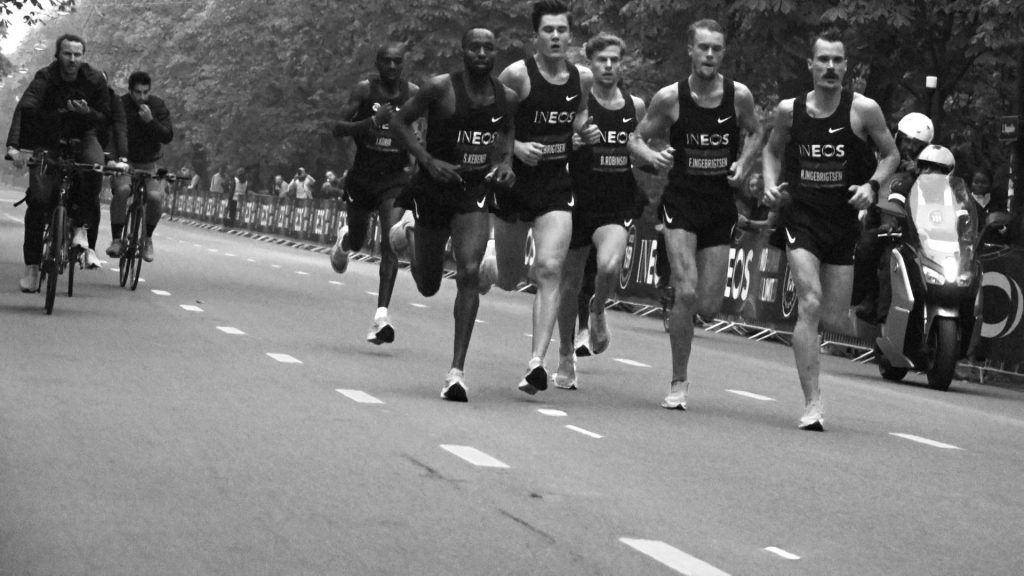
Moreover, there were no risky turns to take, definitely a handicap that needs slowing down at a speed of of more that 20k/h. You lose precious time and you need power speeding up again.
Along the course enthusiastic spectators were lining up cheering the runners. Its assumed that cheering helps sparing another 15 to 20 seconds.
Over all a cool experiment that doesn’t translate into the real world of marathon, no human advancement, no physiological break-through. It was a technological side-step in which Nike’s Vapor Fly played a crucial role. The shoe – it is said – gives you a 2 – 5% advantage. This means the shoe and Kipchoge’s optimized physiology were the hallmarks, on which was record build.
Anyway, my due respect to this performance of Eliud Kichoge. Beside all technology and finesse, the legs have run and the brain has to control them. Nevertheless we have to be aware that this race was a huge marketing event which tried to avoid the risks of failure wheresoever possible.


